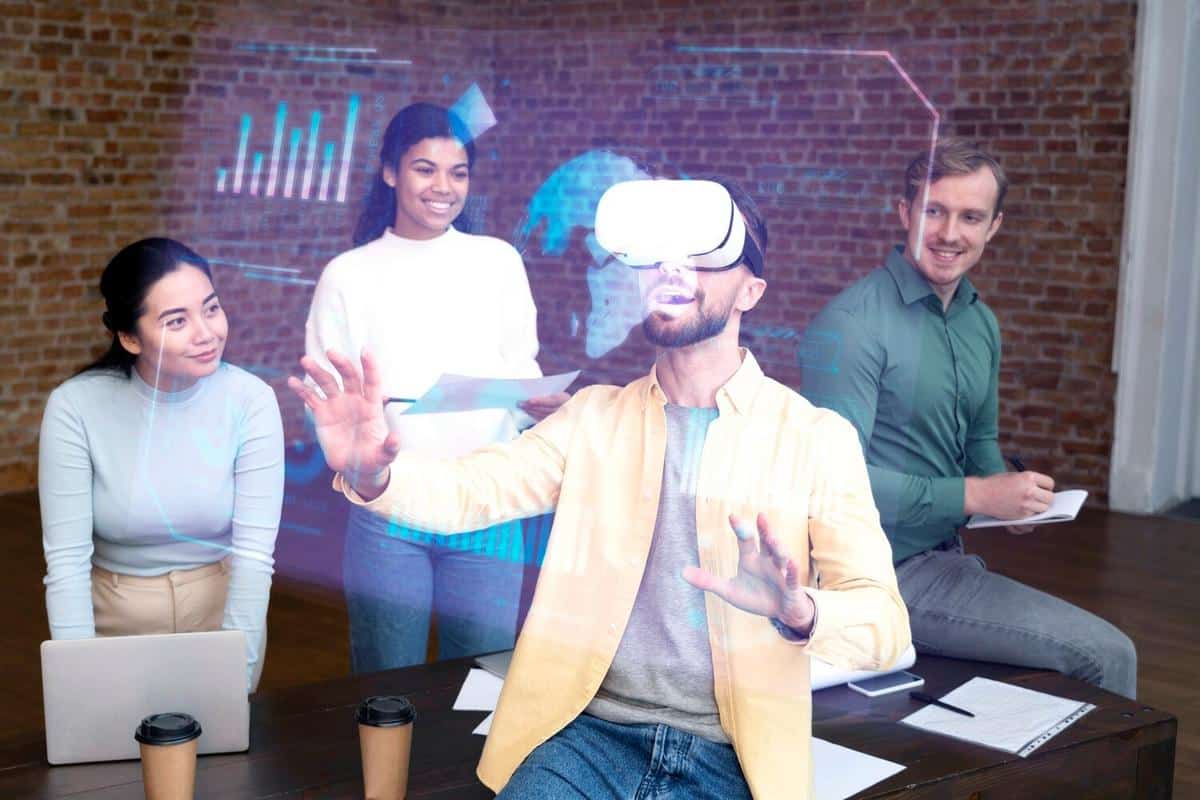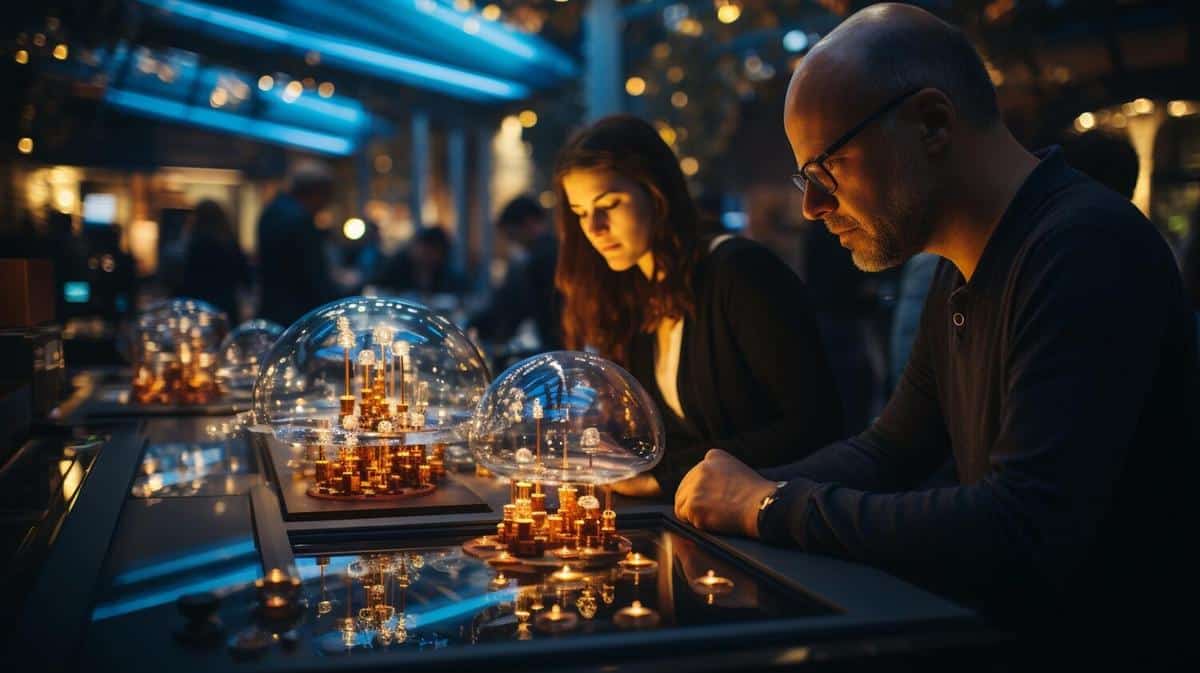
Navigating AI Startups in 2023: Opportunities and Pitfalls
As Artificial Intelligence continues to revolutionize industries, AI startups are emerging as pivotal players in shaping the future. However, navigating the world of AI startups in 2023 presents unique opportunities and challenges that entrepreneurs must understand to succeed.
Opportunities in AI Startups
The AI industry is booming, with startups playing a crucial role in driving innovation. According to a report by Grand View Research, the global AI market size was valued at $62.35 billion in 2020 and is expected to expand at a compound annual growth rate (CAGR) of 40.2% from 2021 to 2028. This growth offers ample opportunities for startups to explore diverse AI applications ranging from healthcare to finance.
Expert Insights
“AI startups have the potential to bring transformative changes across sectors,” notes Dr. Emily Clark, a renowned AI researcher. “The key is leveraging AI’s capabilities to address specific industry needs and challenges.”
Success Stories
Consider the story of Alex, a tech enthusiast who launched an AI-driven platform to optimize supply chain operations. By focusing on a niche market, Alex’s startup quickly gained traction, highlighting the importance of identifying and catering to specific needs.
Pitfalls to Avoid
Despite the promising landscape, AI startups face significant hurdles. One common pitfall is underestimating the complexity of AI technology. A survey by Gartner revealed that 85% of AI projects fail due to a lack of understanding and expertise. Therefore, it’s crucial for startups to invest in skilled talent and robust research.
Common Challenges
- Data Privacy: Handling sensitive data requires compliance with regulations like GDPR.
- Scalability: Building scalable AI models that adapt to growing demands.
- Funding: Securing adequate funding to sustain development and operations.
Actionable Tips
To navigate the AI startup landscape effectively, consider the following tips:
- Focus on solving real-world problems to create value.
- Build a diverse team with expertise in AI and industry knowledge.
- Engage with potential customers early to refine your solution.
Resources and Support
| Resource | Description |
|---|---|
| AI Accelerator Programs | Programs that offer mentorship and funding for AI startups. |
| Online AI Courses | Platforms offering courses to enhance AI skills. |
| Industry Conferences | Events to network and learn from AI leaders. |
| AI Communities | Online forums to connect with other AI enthusiasts. |
| Venture Capital Firms | Investors specializing in AI startups. |
| Research Journals | Publications providing insights into AI advancements. |
| Open Source AI Tools | Accessible tools for AI development. |
| Incubator Programs | Support initiatives for early-stage startups. |
Conclusion
AI startups in 2023 are at the forefront of technological innovation, offering exciting opportunities for those who are ready to navigate the complexities of this dynamic field. By understanding the landscape, avoiding common pitfalls, and leveraging available resources, entrepreneurs can position themselves for success in the AI domain.
FAQs About AI Startups
What are the key factors for a successful AI startup?
Focus on solving specific problems, invest in skilled talent, and engage with customers early.
How can AI startups secure funding?
Explore venture capital firms, AI accelerator programs, and build a compelling business case.
What are the common challenges faced by AI startups?
Data privacy, scalability, and securing funding are some of the common challenges.


